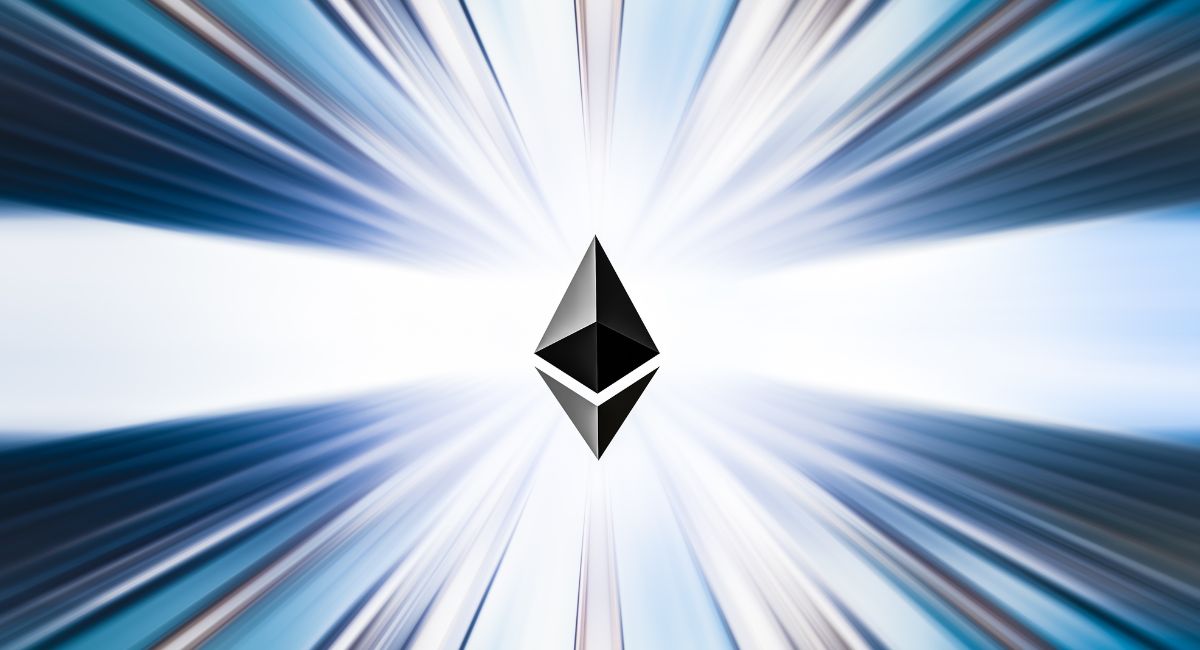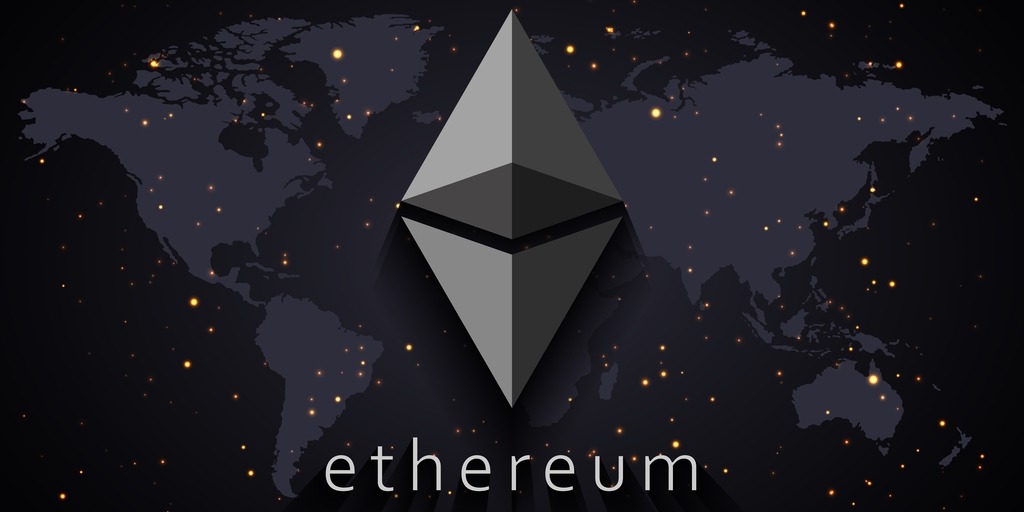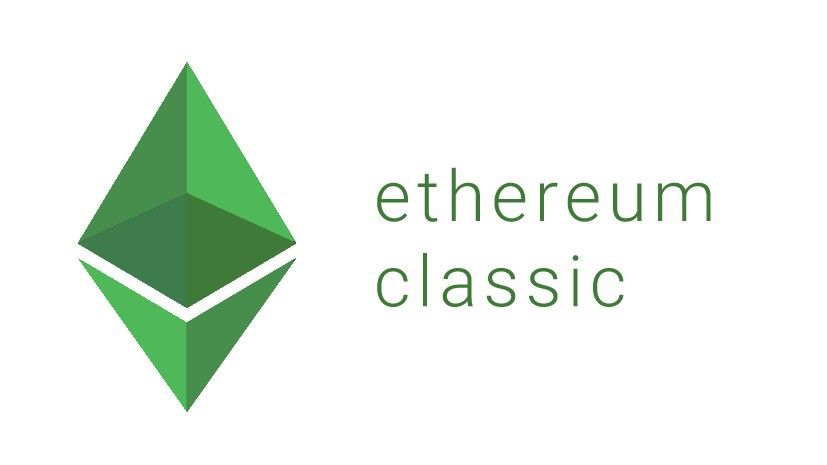All About Ethereum Staking In 2024 and Its Amazing Future In Coming Years
Ethereum’s transition to Proof of Stake (PoS) in 2022 marked a significant shift in the cryptocurrency landscape. This new consensus mechanism introduced staking, allowing users to participate in network security and earn rewards for their contribution. As we navigate 2024, Ethereum staking continues to evolve, offering exciting opportunities for investors and the network itself. Let’s delve deeper into the world of Ethereum staking in 2024 and explore its potential future.
The Rise of the Validators
The core of Ethereum staking lies in validators. These are individuals who lock up a specific amount of ETH (currently 32 ETH) to become active participants in securing the network. Validators are responsible for validating transactions, proposing new blocks, and ensuring the overall integrity of the blockchain. In return for their service, they receive rewards in the form of ETH.
The year 2024 has witnessed a surge in validator numbers, signifying growing confidence in Ethereum’s PoS system. This rise in participation strengthens the network’s decentralization, making it more resistant to attacks and manipulation.
Earning Through Staking: A Deep Dive into Rewards and Risks
Staking cryptocurrency, particularly Ethereum (ETH), has emerged as a popular method for generating passive income within the crypto space. By participating in the staking process, you contribute to the security and validation of transactions on the Ethereum network, and in return, you’re rewarded with additional ETH. However, before diving into staking, it’s crucial to comprehend both the potential rewards and the inherent risks involved.
The Allure of Staking Rewards
-
Consensus Rewards:
The core of staking rewards lies in “consensus rewards.” These rewards are distributed by the Ethereum network itself as an incentive for validators (stakers) to uphold the network’s integrity. When you stake ETH, you essentially become a validator, responsible for verifying the legitimacy of transactions on the blockchain. For successfully fulfilling this role, you’re compensated with newly minted ETH. -
Transaction Fees: In addition to consensus rewards, stakers also earn a portion of the transaction fees incurred by users on the Ethereum network. Whenever someone conducts a transaction on the blockchain, a small fee is paid to the validators as compensation for processing and securing the transaction. This fee is distributed proportionally amongst all participating validators, further bolstering your staking rewards.
-
Competitive Yields: Staking ETH can offer attractive returns compared to traditional investment options. Current staking yields (as of June 28, 2024) are a combination of consensus rewards and transaction fees, and can be significantly higher than what you might earn on savings accounts or bonds.
Navigating the Risks of Staking
While staking presents enticing rewards, it’s not without its own set of challenges:
-
Market Volatility: The cryptocurrency market is notoriously volatile. While your staked ETH is contributing to the network, its market value can fluctuate significantly. There’s a risk that the price of ETH could plummet during the staking period, potentially negating any rewards earned. For instance, if you stake ETH at $3,000 and the price drops to $1,500 by the time you unstake, your overall return might be minimal despite earning staking rewards.
-
Locking Up Your Assets (Illiquidity): Staking often involves locking up your ETH for a predetermined period. This means you cannot access or trade your staked ETH until the lock-up period ends. This lack of liquidity can be a major drawback, especially if a sudden market opportunity arises or you require immediate access to your funds. The lock-up period can vary depending on the staking platform or pool you choose.
-
Slashing: The Ethereum network employs a mechanism called “slashing” to penalize validators who consistently behave dishonestly or neglect their duties. If you miss validations or validations are deemed invalid due to validator downtime or malicious intent, a portion of your staked ETH could be slashed (permanently deducted) as a penalty. It’s crucial to choose a reliable staking platform or validator pool that minimizes the risk of slashing.
-
Smart Contract Risk: Some staking methods involve interacting with smart contracts, which are essentially self-executing code on the blockchain. If there are vulnerabilities or bugs within the smart contract code, your staked ETH could be at risk of theft or loss. It’s essential to thoroughly research the reputation and security audits of any smart contract before staking through it.
-
Centralization Risks (For Exchange-Based Staking): Staking through centralized exchanges can offer a convenient way to participate, but it introduces an element of centralization risk. You’re essentially trusting the exchange to handle the staking process on your behalf. In the event of an exchange hack or security breach, your staked ETH could be compromised.
By carefully considering both the rewards and risks associated with staking ETH, you can make an informed decision about whether this approach aligns with your investment goals and risk tolerance. Remember, staking is not a guaranteed path to riches, and a thorough understanding of the potential pitfalls is paramount before venturing into this realm.
The Innovation Frontier: Restaking and Beyond
The year 2024 has witnessed a surge of innovation in the Ethereum staking landscape, pushing the boundaries of what’s possible. The arrival of restaking platforms like EigenLayer and Ether.fi marks a significant turning point in the game. Let’s delve into this exciting new frontier:
The Power of Restaking
Traditionally, staking ETH involved locking up your assets for a set period, limiting your flexibility and potential returns. However, restaking platforms like EigenLayer and Ether.fi have introduced a revolutionary concept: restaking.
-
Compounding Rewards: Restaking allows you to automatically reinvest your staking rewards back into the staking pool. This process essentially allows you to “compound” your returns, meaning you earn interest on both your initial stake and the accumulated rewards. Over time, this compounding effect can significantly amplify your overall returns.
-
Enhanced Liquidity: Unlike traditional staking, some restaking platforms issue derivative tokens that represent your staked ETH. These tokens, like Ether.fi’s eETH, are liquid, meaning they can be freely traded on secondary markets. This provides you with greater flexibility and liquidity, allowing you to access your underlying staked ETH indirectly while it continues to generate staking rewards.
-
Integration with DeFi: Restaking platforms often integrate seamlessly with Decentralized Finance (DeFi) protocols. This enables you to leverage your staked or restaked tokens (like eETH) as collateral within DeFi applications to access additional yield-generating opportunities. For instance, you could potentially borrow against your staked ETH while it continues to earn staking rewards.
Beyond Restaking: The Expanding Horizon
The innovation in Ethereum staking extends beyond just restaking. Here are some exciting possibilities on the horizon:
-
Dynamic Staking Strategies: Future platforms might offer automated or customizable staking strategies that dynamically adjust your stake allocation based on market conditions or risk tolerance. This could help optimize your returns while minimizing risk.
-
Decentralized Governance: Staking could evolve to play a more prominent role in Ethereum’s governance process. By staking ETH, you could potentially gain voting rights on crucial network upgrades and proposals, fostering a more decentralized and community-driven governance structure.
-
Staking Derivatives: The emergence of derivative instruments tied to staking rewards could offer more sophisticated investment options. This could cater to investors with varying risk appetites and allow for more complex staking strategies.
The future of Ethereum staking is brimming with potential. Restaking platforms like EigenLayer and Ether.fi are just the beginning. As the technology matures, we can expect to see even more innovative solutions emerge, further enhancing the accessibility, flexibility, and potential returns of staking ETH.
Also, read – What Is Ethereum Staking, And How Does It Impact Users Of Ethereum?
Beyond 2024: A Look into the Future of Ethereum Staking
The year 2024 has been a pivotal year for Ethereum staking, but the future holds even greater possibilities. Here are some key trends likely to reshape the landscape in the years to come:
-
Increased Institutional Adoption: As Ethereum staking matures and regulatory clarity improves, we can expect to see a rise in institutional participation. Large investment firms and financial institutions may allocate a portion of their holdings to staking, potentially driving up staking yields and overall network security.
-
Scalability Solutions: Ethereum’s scalability solutions like rollups are expected to play a significant role in staking. These solutions could enable more efficient and cost-effective ways to participate in staking, particularly for smaller investors. Imagine a future where anyone can stake a fraction of an ETH and still contribute to the network while earning rewards.
-
Staking as a Service (SaaS): The rise of Staking-as-a-Service (SaaS) platforms could further simplify staking for individual investors. These platforms would handle the technical complexities of staking on behalf of users, making it easier for anyone to participate without requiring in-depth knowledge of blockchain technology.
-
Focus on Security and Decentralization: Security and decentralization will remain paramount concerns for the Ethereum staking ecosystem. Future advancements will likely focus on enhancing security measures to mitigate slashing risks and ensuring the overall robustness of the network. Additionally, innovations may emerge to promote a more decentralized staking landscape, preventing any single entity from accumulating excessive control over the network.
-
Integration with DeFi 2.0: The burgeoning field of DeFi 2.0, which emphasizes security and user experience, is expected to integrate seamlessly with staking. This could unlock even more innovative ways to leverage staked assets and DeFi protocols to generate yield and participate in the evolving financial landscape.
By staying abreast of these trends, investors and enthusiasts can make informed decisions about their participation in the future of Ethereum staking. As the ecosystem continues to evolve, staking ETH has the potential to become a mainstream investment strategy, offering attractive returns and contributing to the security and growth of the Ethereum network.
Conclusion: A Win-Win Proposition
Ethereum staking in 2024 presents a compelling opportunity for investors seeking to earn rewards while contributing to the security of a leading blockchain network. With ongoing innovation and a focus on accessibility, staking is poised to become an even more attractive proposition in the years to come. Whether you’re a seasoned crypto enthusiast or a curious newcomer, understanding Ethereum staking is crucial for navigating the ever-evolving world of decentralized finance.
Remember: Before venturing into staking, it’s essential to conduct thorough research, understand the risks involved, and choose a reputable staking platform or service provider. With careful planning and a well-informed approach, Ethereum staking can be a rewarding way to participate in the future of blockchain technology.
Stay informed with daily updates from Blockchain Magazine on Google News. Click here to follow us and mark as favorite: [Blockchain Magazine on Google News].
Get Blockchain Insights In Inbox
Stay ahead of the curve with expert analysis and market updates.
latest from tech
Disclaimer: Any post shared by a third-party agency are sponsored and Blockchain Magazine has no views on any such posts. The views and opinions expressed in this post are those of the clients and do not necessarily reflect the official policy or position of Blockchain Magazine. The information provided in this post is for informational purposes only and should not be considered as financial, investment, or professional advice. Blockchain Magazine does not endorse or promote any specific products, services, or companies mentioned in this posts. Readers are encouraged to conduct their own research and consult with a qualified professional before making any financial decisions. The featured image used is just a creative depiction of the title and it does not intend to hurt sentiments of any person or institution. If it hurts anyone sentiments, please do not hesitate to reach out to Blockchain Magazine.

 Bitcoin
Bitcoin  Ethereum
Ethereum  XRP
XRP  Tether
Tether  Solana
Solana  Dogecoin
Dogecoin  USDC
USDC  Cardano
Cardano  Lido Staked Ether
Lido Staked Ether  TRON
TRON  Chainlink
Chainlink  Avalanche
Avalanche  Wrapped stETH
Wrapped stETH  Stellar
Stellar  Wrapped Bitcoin
Wrapped Bitcoin  Sui
Sui  Hedera
Hedera  Toncoin
Toncoin  Shiba Inu
Shiba Inu  WETH
WETH  Polkadot
Polkadot  Parkcoin
Parkcoin  LEO Token
LEO Token  Bitget Token
Bitget Token  Litecoin
Litecoin  Bitcoin Cash
Bitcoin Cash  Uniswap
Uniswap  Hyperliquid
Hyperliquid  Official Trump
Official Trump  Wrapped eETH
Wrapped eETH  Pepe
Pepe  USDS
USDS  NEAR Protocol
NEAR Protocol  Ethena USDe
Ethena USDe  Aave
Aave  Aptos
Aptos  Internet Computer
Internet Computer  Ondo
Ondo  Monero
Monero  Ethereum Classic
Ethereum Classic  POL (ex-MATIC)
POL (ex-MATIC)  OKB
OKB  Cronos
Cronos  Dai
Dai  Mantle
Mantle  Algorand
Algorand  Render
Render  MANTRA
MANTRA 




